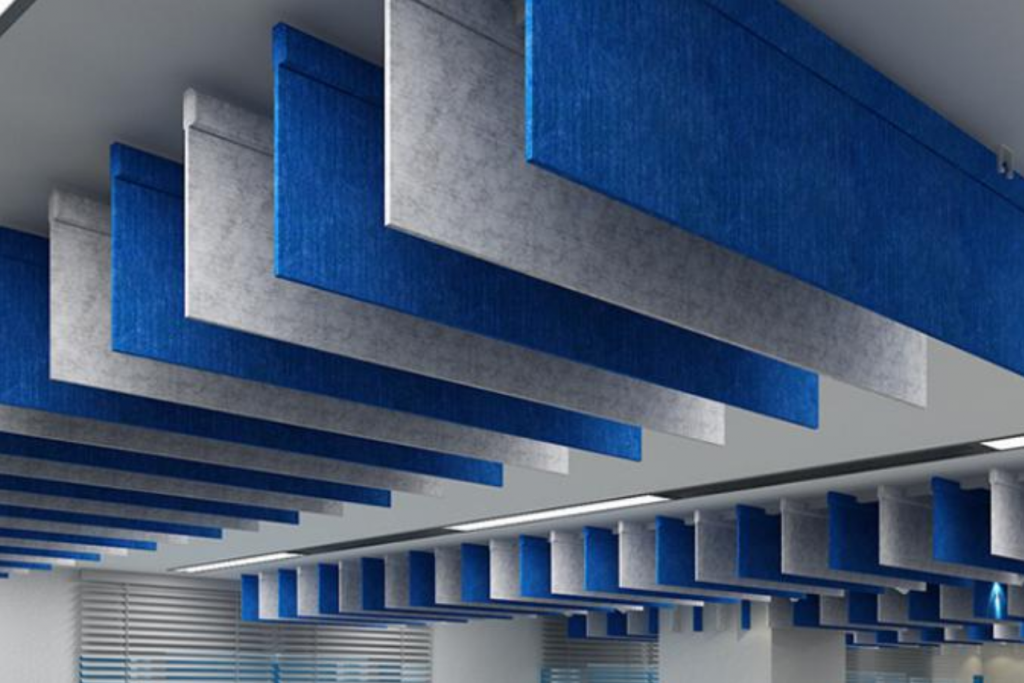
When you’re trying to make a room in your house quieter, the first step is choosing the right materials for soundproofing. There are many different types available, but not all of them work well for every situation.
What is soundproofing and why do you need it in your home or office space?
Soundproofing is the process of insulating a room or space from unwanted noise. There are a variety of ways to soundproof a room, and the most effective approach will vary depending on the type and source of the noise.
In general, however, soundproofing involves adding materials that absorb or deflect sound waves. This can be done by adding insulation to walls and ceilings, sealing gaps and cracks, or installing sound-absorbing panels.
Soundproofing is often used in offices and other commercial spaces to reduce noise from adjacent rooms or outdoor traffic. It can also be used in homes to create a quiet space for work or study, or to reduce noise from outside sources such as traffic or construction.
Regardless of the reason, soundproofing can provide a much-needed measure of peace and quiet in any space.
The different types of soundproofing materials and how they work
There are a variety of materials for soundproofing available on the market today, each with its own advantages and disadvantages. Some of the most popular soundproofing materials include foam panels, acoustic sealant, and sound-dampening paint.
Foam panels are typically made of polyurethane or fiberglass and can be used to line walls, ceilings, and floors. Acoustic sealant is designed to fill in gaps and cracks around doors and windows, preventing sound from entering or escaping a room.
Sound-dampening paint is a specialised type of paint that contains encapsulated fibres that help to absorb sound waves.
Each of these materials can be effective in reducing noise levels, but it is important to choose the right product for the specific application.
How to choose the right type of soundproofing material for your needs
When it comes to soundproofing, there are many different materials that can be used to achieve different levels of noise reduction. For example, thicker materials like mass-loaded vinyl or insulation batts are better at blocking low-frequency sounds, while thinner materials like acoustic panels are better at absorbing high-frequency sounds.
In order to choose the right type of soundproofing material for your needs, you will need to determine the frequency range of the noise that you are trying to block. Once you have done this, you can narrow down your options and choose a material that is specifically designed to reduce that type of noise.
It is also important to take into account the size and shape of the room that you are soundproofing. For example, if you are trying to block out noises from outside, you will need to use a material that can be applied directly to the windows or doors. On the other hand, if you are trying to soundproof a large room like a recording studio, you will need to use heavier materials like insulation boards or acoustic tiles.
By taking all of these factors into consideration, you can be sure to choose the right type of soundproofing material for your needs.
